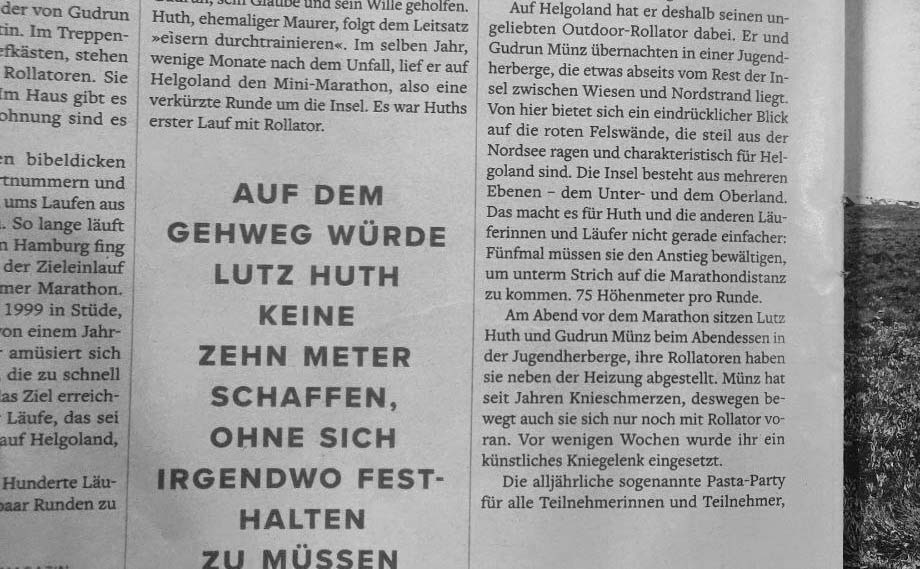
0250831
German is a verb-second language.
The finite verb appears in the second position in the main clauses. In subordinate clauses, it typically appears in the end. This determines sentence rhythm and information structure.
Alphabet
It uses the 26 Latin letters plus the umlauted vowels Ä, Ö, Ü and the letter ß (Eszett). Umlauts indicate fronted vowel qualities, and ß represents a voiceless alveolar fricative.
| Letter | IPA |
|---|---|
| A | /a/ or /aː/ |
| B | /b/ |
| C | /k/ or /ts/ (in loans) |
| D | /d/ |
| E | /ɛ/ or /eː/ |
| F | /f/ |
| G | /ɡ/ |
| H | /h/; length mark ∅ after vowels |
| I | /ɪ/ or /iː/ |
| J | /j/ |
| K | /k/ |
| L | /l/ |
| M | /m/ |
| N | /n/ |
| O | /ɔ/ or /oː/ |
| P | /p/ |
| Q | /kv/ (as qu) |
| R | /ʁ/ or /r/ |
| S | /z/ (initial), /s/ (elsewhere) |
| T | /t/ |
| U | /ʊ/ or /uː/ |
| V | /f/ or /v/ (in loans) |
| W | /v/ |
| X | /ks/ |
| Y | /ʏ/ or /yː/ (in loans) |
| Z | /ts/ |
| Ä | /ɛ/ or /eː/ |
| Ö | /œ/ or /øː/ |
| Ü | /ʏ/ or /yː/ |
| ß | /s/ |
Phonology
Vowels
It contrasts vowel quality and length (e.g., Stadt /ʃtat/ vs. Staat /ʃtaːt/) and features front rounded vowels (ö /ø, œ/; ü /y, ʏ/).
Consonants
Final obstruents are devoiced (Tag /taːk/). There is a well-known contrast between the “ich-Laut” /ç/ (ich) and “ach-Laut” /x/ (Bach).
Morphology
Articles
It marks three genders (masculine, feminine, neuter) and four cases (nominative, accusative, dative, genitive).
Definite articles
| Case | Masculine | Feminine | Neuter | Plural |
|---|---|---|---|---|
| Nominative | der | die | das | die |
| Accusative | den | die | das | die |
| Dative | dem | der | dem | den |
| Genitive | des | der | des | der |
Indefinite articles
| Case | Masculine | Feminine | Neuter |
|---|---|---|---|
| Nominative | ein | eine | ein |
| Accusative | einen | eine | ein |
| Dative | einem | einer | einem |
| Genitive | eines | einer | eines |
Verbs
Verbs inflect for person and number. In main clauses, the finite verb occupies the second position. Past tense is often formed with a perfect auxiliary plus past participle.
| Pronoun | Sein (to be) |
|---|---|
| Ich (I) | bin (I am) |
| Du (You) | bist (You are) |
| Er/Sie/Es (He/She/It) | ist (He/She/It is) |
| Wir (We) | sind (We are) |
| Ihr (You all) | seid (You all are) |
| Sie (They/You formal) | sind (They are / You are) |
| Pronoun | Haben (to have) |
|---|---|
| Ich | habe |
| Du | hast |
| Er/Sie/Es | hat |
| Wir | haben |
| Ihr | habt |
| Sie | haben |
| Pronoun | Sprechen (to speak) |
|---|---|
| Ich | spreche (I speak) |
| Du | sprichst (You speak) |
| Er/Sie/Es | spricht (He/She/It speaks) |
| Wir | sprechen (We speak) |
| Ihr | sprecht (You all speak) |
| Sie | sprechen (They/You (formal) speak) |
101.42 kB